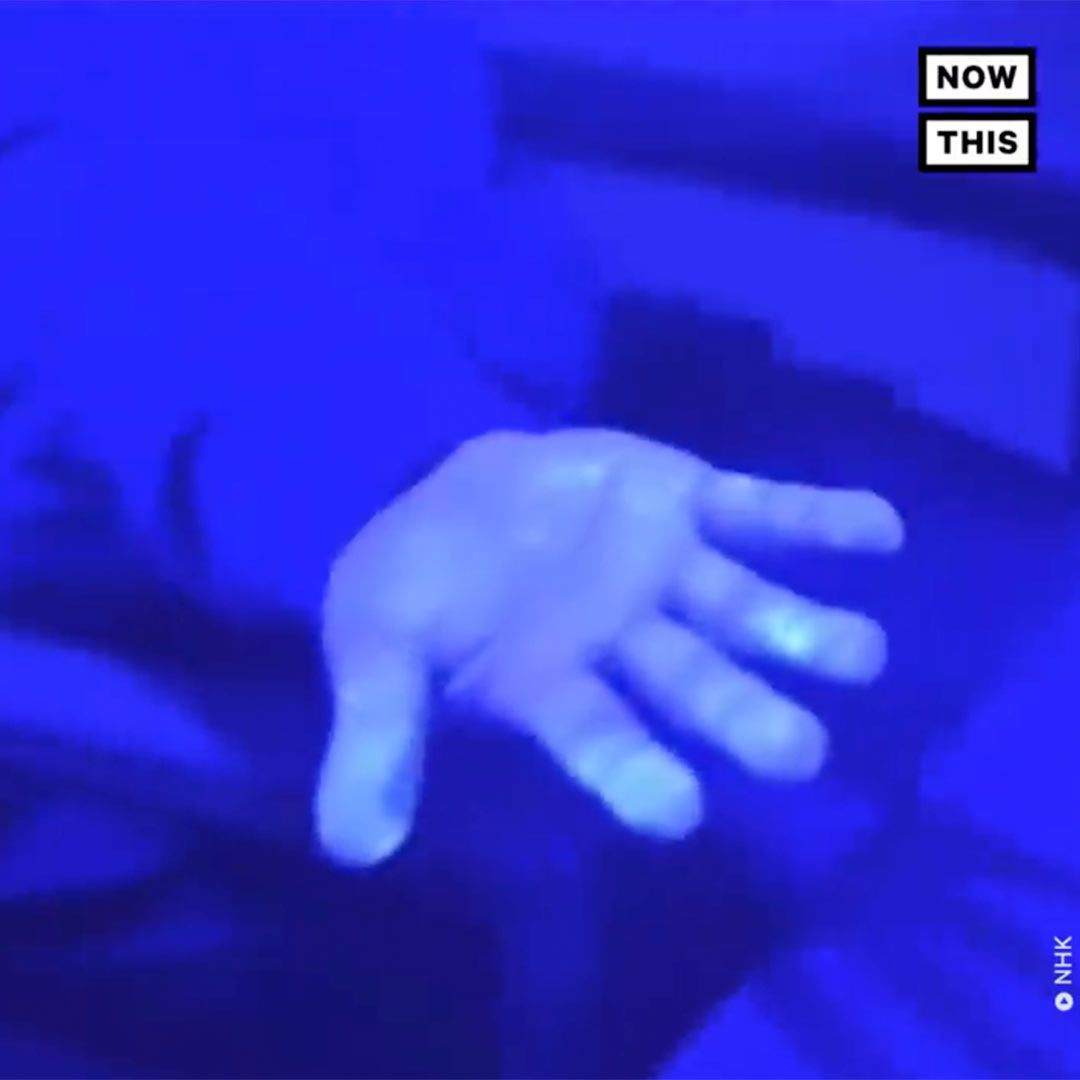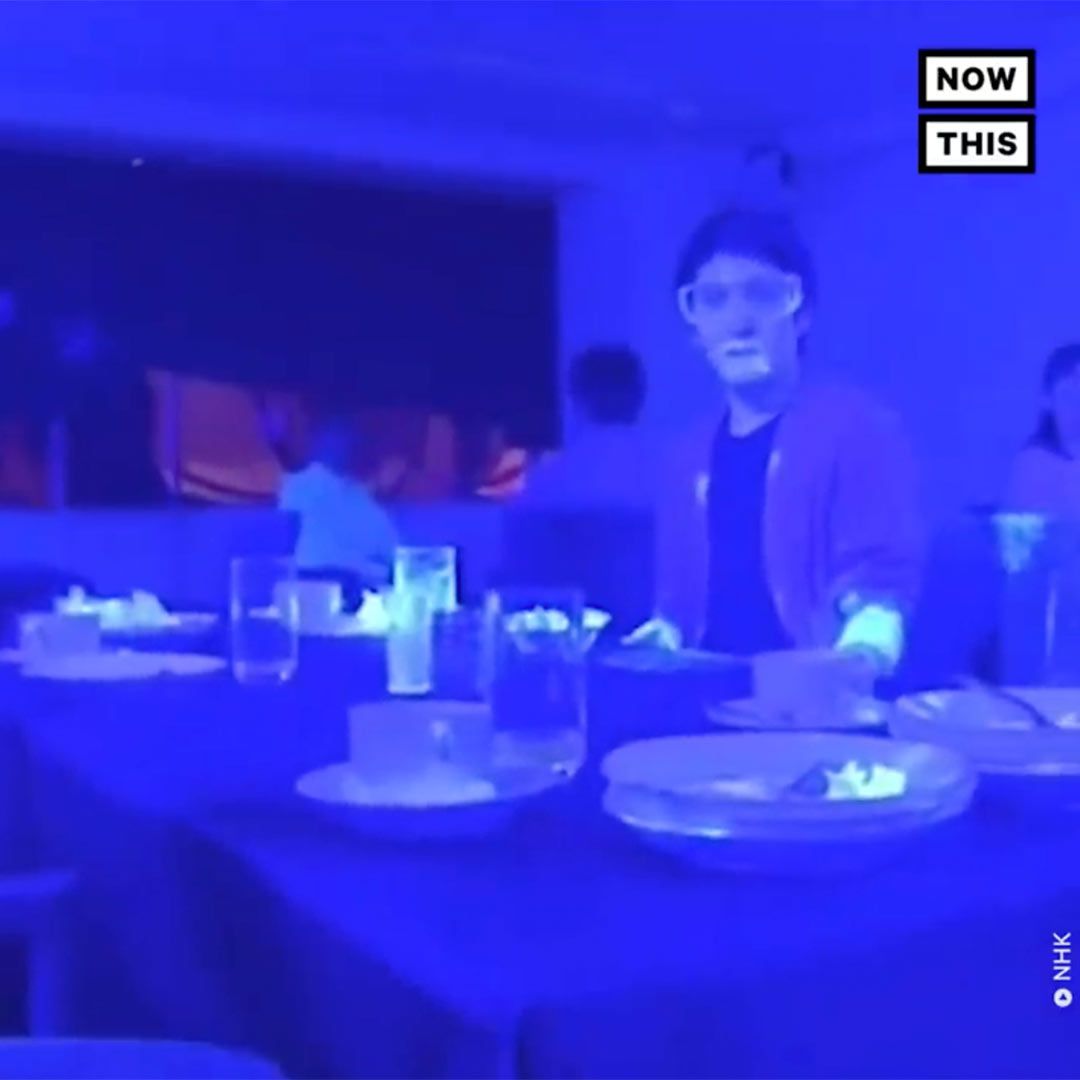A new video going viral in Japan shows just how quickly germs and viruses like the coronavirus (COVID-19) can spread in a restaurant where just one person is infected.
In the video, Japanese researchers conduct a blacklight experiment and simulate the atmosphere of a buffet-style restaurant, where guests serve themselves from shared meal trays. The experiment was conducted by the public broadcasting organization NHK along with health experts, CNN reports.
Ten people were brought into the "restaurant" with one person identified as the "infected" individual. This person was given invisible fluorescent paint on one of their hands, according to Now This.


While this experiment can be alarming as states across the Unites States begin phases of reopening, the Centers for Disease Control and Prevention maintains that the virus is spread mainly from person-to-person through respiratory droplets produced when an infected person coughs, sneezes, or talks.
"It may be possible that a person can get COVID-19 by touching a surface or object that has the virus on it and then touching their own mouth, nose, or possibly their eyes," said the CDC. "This is not thought to be the main way the virus spreads, but we are still learning more about this virus."
Nicholls added that a more effective experiment would be to see the same scenario play out after the "infected" person washes their hands.
"So the general public gets some concept of the mechanism of how much the use of hand washing can actually reduce the transmission of potentially infectious material," Nicholls explained.
As information about the coronavirus pandemic rapidly changes, PEOPLE is committed to providing the most recent data in our coverage. Some of the information in this story may have changed after publication. For the latest on COVID-19, readers are encouraged to use online resources from CDC, WHO, and local public health departments. PEOPLE has partnered with GoFundMe to raise money for the COVID-19 Relief Fund, a GoFundMe.org fundraiser to support everything from frontline responders to families in need, as well as organizations helping communities. For more information or to donate, click here.
Source: Read Full Article
